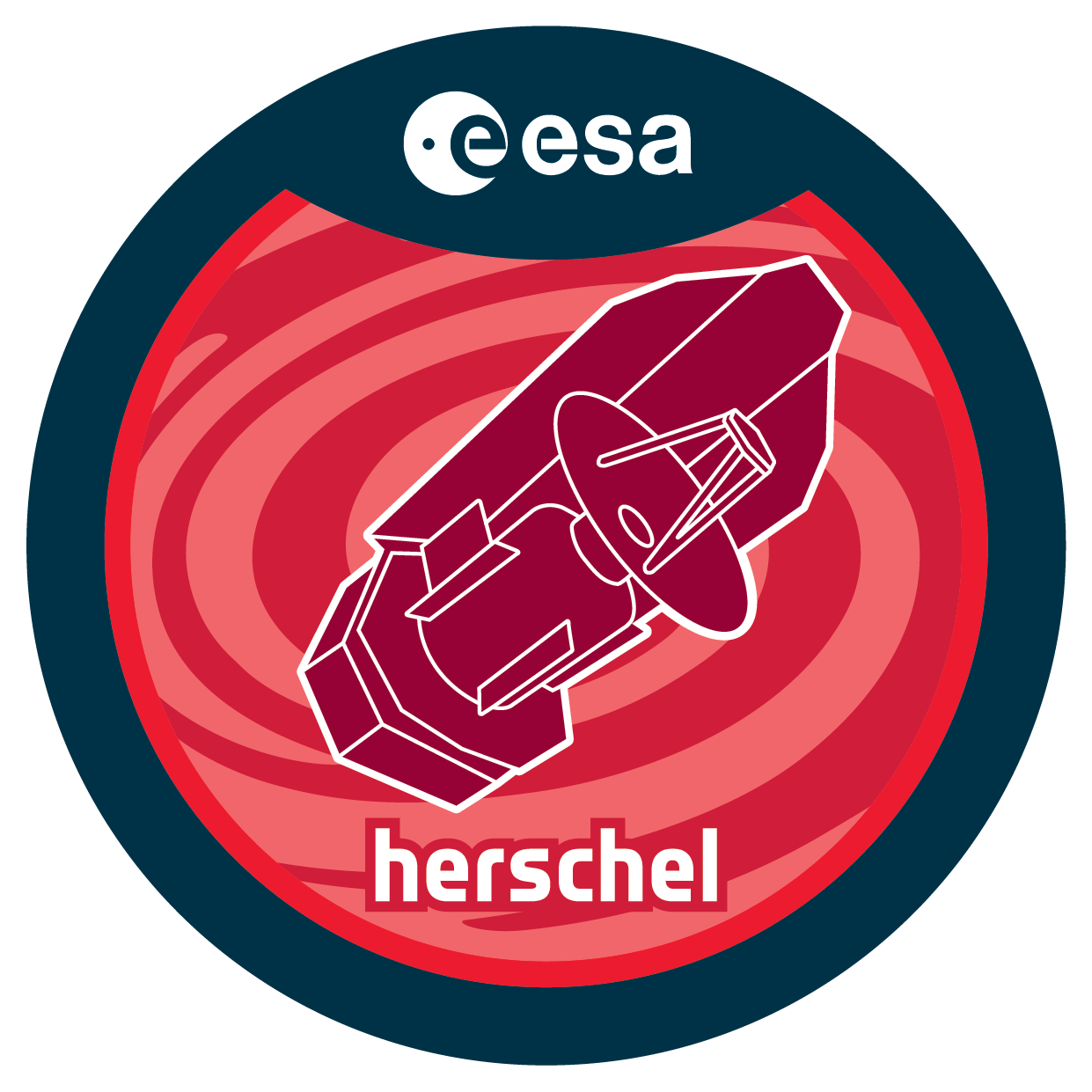| Description |
Herschel SPIRE/PACS photometry observations performed within the HOBYS(Herschel imaging survey of OB Young Stellar objects) key program haverevealed a wealth of interesting structures in high-mass star formingregions. The most spectacular of those are pillars andglobules. These features -- partly known from Hubble Space telescopeor Spitzer images -- are formed due to photoevaporation at theinterface between a molecular cloud and an HII region, and are thusintimately linked to high-mass star formation. The process of howthese pillars are created, and under which conditions low- orhigh-mass stars form within them, are not yet clear. Classicalapproaches (e.g. Rayleigh-Taylor) can not explain pillar formation, sowe have embarked upon a dedicated project to fully simulate pillarsand globules using the (magneto)-hydrodynamic code HERACLES thatcomprises gravity and ionization. The model is intended to be coupledwith a radiative transfer photon dominated region code (KOSMA-tau).We propose here to make use of the Herschel spectroscopy capacities tomap/make single pointings, in a number of atomic and molecular lines,of selected pillars and globules in three different regions (Rosette,Cygnus, M16), spanning a large range in UV intensity and density. Weintend to observe the important cooling lines of CII at 158 micronand OI at 63 and 145 micron with PACS, the CI finestructure linesat 370 and 609 micron and the mid-to high-J CO and HCO+ ladder withthe SPIRE FTS. Spectrally resolved CII mapping with HIFI is alsorequired to derive the velocity information. These observations willbe compared to the large existing complementary data set for eachsource, to study the physics of pillars and will additionally serve asinput for the models, to ultimately explain pillar formation and starformation within them. |

